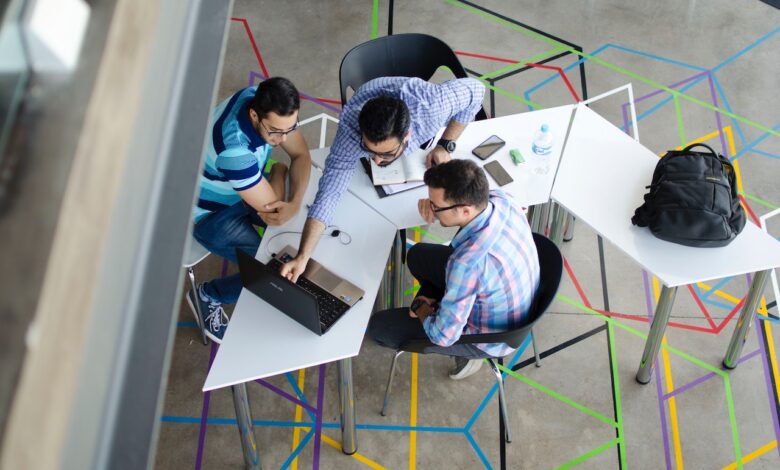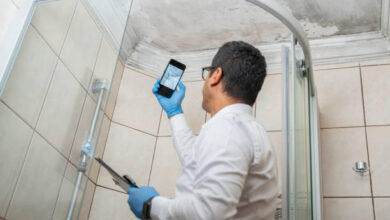A Guide to Boosting Productivity and Creativity of Office Space

A well-designed office space plays a pivotal role in enhancing productivity, promoting collaboration, and fostering a positive work culture. A thoughtfully crafted environment can inspire and motivate employees, leading to increased creativity and efficiency. Whether you are setting up a new office or revamping an existing one, this guide will provide you with valuable insights and practical tips on creating a well-designed office space that aligns with the needs of your workforce.
Understand Your Company’s Culture and Needs:
Before diving into the design process, it is essential to understand your company’s culture, work style, and the needs of your employees. Consider the nature of the work, the hierarchy of the organization, and the desired atmosphere. Reflect on whether an open-plan layout or segmented spaces would be more suitable, and whether privacy or collaboration is more important.
Optimize Layout and Flow:
Efficient space planning is crucial for a well-designed office. Ensure that the layout promotes smooth circulation and minimizes unnecessary distractions. Create designated areas for different activities, such as workstations, meeting rooms, collaboration zones, and breakout spaces. Aim for a balance between open areas for teamwork and private spaces for focused work.
Harness Natural Light:
Maximizing natural light in the office has numerous benefits. It improves mood, enhances concentration, and reduces eyestrain. Arrange workstations to receive ample natural light, and avoid obstructing windows with large furniture or partitions. Consider incorporating skylights or glass walls to allow light to penetrate deeper into the workspace.
Thoughtful Color Scheme:
Colors have a profound impact on the human psyche and can influence mood, creativity, and productivity. Choose a color scheme that aligns with your brand identity and desired ambiance. Blues and greens can promote calmness and concentration, while vibrant accents can inject energy. Experiment with different colors in different areas to evoke the desired emotional responses.
Ergonomic Furniture and Accessories:
Investing in ergonomic furniture is crucial for the comfort and well-being of your employees. Provide adjustable chairs, desks, and monitor stands to support proper posture and reduce the risk of musculoskeletal disorders. Integrate standing desks or flexible seating options to encourage movement throughout the day. Additionally, incorporate accessories such as footrests, keyboard trays, and task lighting to personalize workstations further.
Functional and Inspiring Workspaces:
Design workspaces that cater to different working styles and tasks. Incorporate quiet zones for focused work, collaborative areas for team discussions, and comfortable breakout spaces for informal meetings or relaxation. Ensure that furniture, storage, and equipment are strategically placed and easily accessible. Incorporate inspirational elements like artwork, plants, or motivational quotes to create an engaging and positive environment.
Technology Integration:
In today’s digital age, seamless technology integration is vital for a well-designed office. Provide ample power outlets and incorporate wireless charging stations to facilitate connectivity. Utilize smart devices and software solutions for efficient communication, scheduling, and collaboration. Incorporate large screens or interactive whiteboards for presentations and brainstorming sessions.
Acoustics and Privacy:
Noise levels can significantly impact productivity and focus. Implement acoustic treatments such as sound-absorbing panels, carpets, or ceiling tiles to minimize distractions. Designate quiet zones or enclosed spaces for tasks requiring concentration or confidential discussions. Implement privacy screens or partitions to strike a balance between privacy and collaboration.
Sustainability and Greenery:
Integrating sustainable practices and bringing nature indoors can enhance the overall well-being of your employees. Use energy-efficient lighting, install motion sensors to control lighting usage, and promote recycling and waste reduction. Incorporate indoor plants and greenery to improve air quality and create a calming atmosphere.
Read more on Techbusinestime




